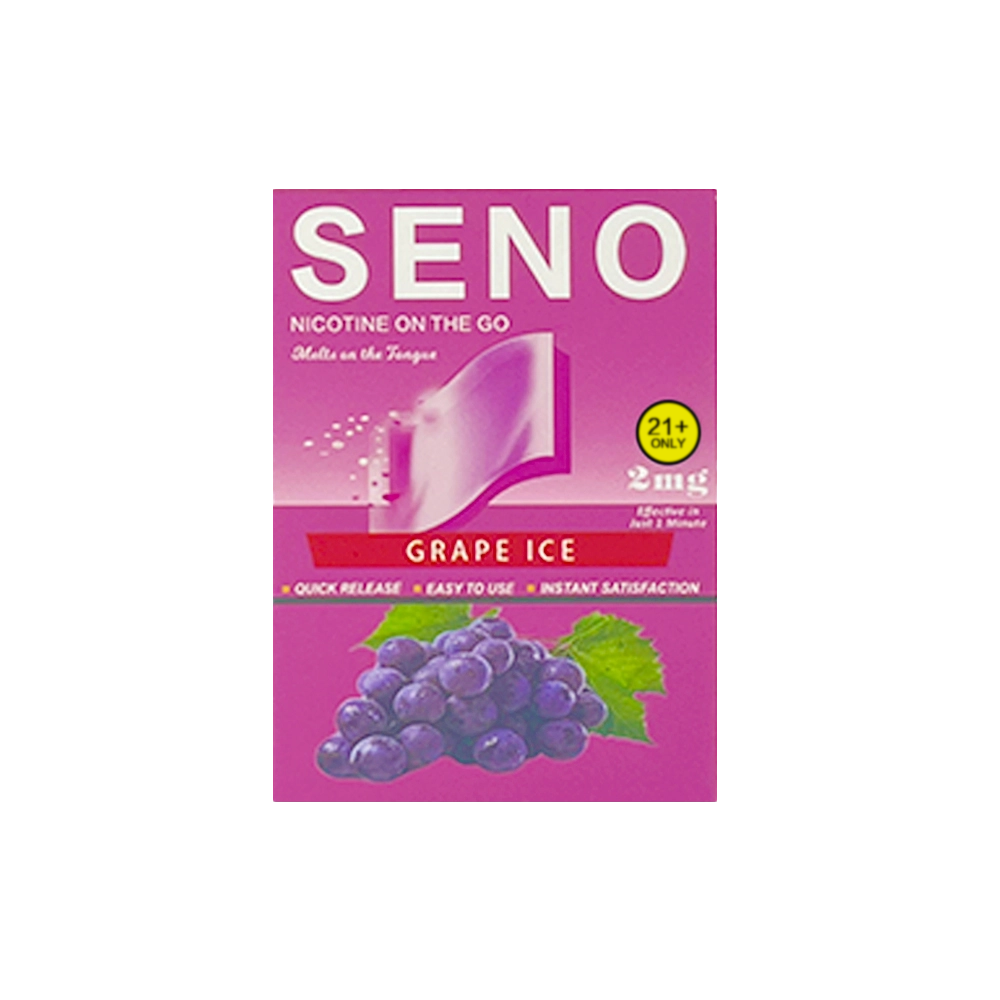When it comes to engaging in sports or physical activities, the right clothing can significantly impact your performance, comfort, and overall experience. With a plethora of options available in the market, choosing the right sports clothes can be overwhelming. This guide aims to provide you with a comprehensive understanding of how to select sports apparel that meets your needs, enhances your performance, and aligns with your personal style.
Understanding the Importance of Proper Sports Clothing
Before diving into the specifics of choosing sports clothes, it's essential to recognize why proper attire matters. Sports clothing is designed to support your body during physical activities, offering benefits such as:
- Moisture Management: High-quality sports fabrics wick away sweat, keeping you dry and comfortable.
- Temperature Regulation: Breathable materials help regulate body temperature, preventing overheating or excessive cooling.
- Flexibility and Range of Motion: Sports clothes are tailored to allow freedom of movement, which is crucial for performance.
- Injury Prevention: Properly fitted clothing can reduce the risk of chafing and other injuries during workouts.
Key Factors to Consider When Choosing Sports Clothes
- Fabric Type
The fabric of your sports clothing plays a pivotal role in your comfort and performance. Here are some common materials and their benefits:
- Polyester: Known for its moisture-wicking properties, polyester is lightweight and dries quickly, making it ideal for high-intensity workouts.
- Nylon: Durable and stretchy, nylon is perfect for activities that require flexibility, such as yoga or dance.
- Merino Wool: Excellent for temperature regulation, merino wool is breathable and can keep you warm in cold weather while remaining comfortable in warmer conditions.
- Spandex: Often blended with other fabrics, spandex provides stretch and support, making it a popular choice for fitted athletic wear.
- Fit and Comfort
The fit of your sports clothes can affect your performance and comfort level. Here are some tips for finding the right fit:
- Try Before You Buy: Always try on clothing before purchasing. Pay attention to how it feels during movement.
- Consider Layering: If you plan to layer your clothing, ensure that each piece fits well without being too tight or restrictive.
- Avoid Excess Fabric: Loose clothing can lead to chafing and distraction during workouts. Opt for a fit that is snug but not constricting.
- Activity-Specific Needs
Different sports and activities require specific types of clothing. Here’s a breakdown:
- Running: Look for lightweight, moisture-wicking fabrics with reflective elements for safety during low-light conditions.
- Yoga: Choose stretchy, breathable materials that allow for a full range of motion and comfort during poses.
- Cycling: Padded shorts and fitted tops can enhance comfort and reduce wind resistance.
- Team Sports: Opt for durable fabrics that can withstand wear and tear, along with moisture management features.
- Weather Considerations
Your choice of sports clothing should also be influenced by the weather conditions in which you’ll be exercising:
- Cold Weather: Layering is key. Start with a moisture-wicking base layer, add an insulating layer, and finish with a windproof outer layer.
- Hot Weather: Lightweight, breathable fabrics that wick moisture away from the skin are essential. Look for UV protection features if exercising outdoors.
- Rainy Conditions: Waterproof or water-resistant outer layers can keep you dry, while moisture-wicking materials underneath will help manage sweat.
- Style and Personal Preference
While functionality is crucial, personal style should not be overlooked. Choose colors, patterns, and designs that resonate with you. Feeling good in your sports clothes can boost your confidence and motivation.
Sustainability in Sports Clothing
As awareness of environmental issues grows, many consumers are seeking sustainable options. Look for brands that prioritize eco-friendly materials and ethical manufacturing processes. Recycled fabrics and organic cotton are excellent choices that reduce your environmental footprint.
Conclusion
Choosing the right sports clothes is a multifaceted process that involves understanding your specific needs, the types of activities you engage in, and the environmental conditions you face. By considering fabric types, fit, activity-specific requirements, weather conditions, and personal style, you can make informed decisions that enhance your performance and comfort. Remember, investing in quality sports apparel is not just about aesthetics; it’s about optimizing your physical activities and enjoying every moment of your fitness journey.
